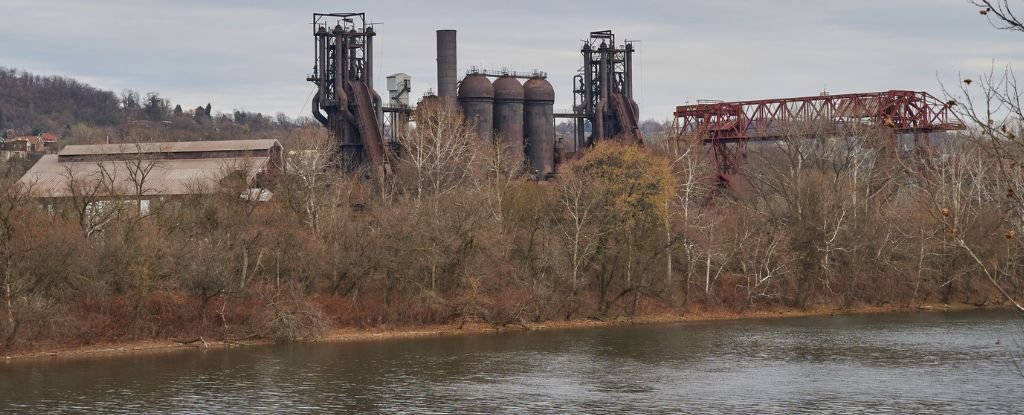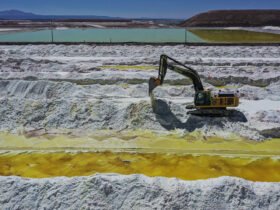Almost two centuries after California’s gold rush, the United States is on the brink of a lithium rush. As demand for the material skyrockets, government geologists are rushing to figure out where the precious element is hiding.
In September 2023, scientists funded by a mining company reported finding what could be the largest deposit of lithium in an ancient US supervolcano. In April 2024, public researchers on the other side of the country reported another untapped reservoir – one that could cover nearly half the nation’s lithium demands.
It’s hiding in wastewater from Pennsylvania’s gas fracking industry.
Lithium is arguably the most important element in the nation’s renewable energy transition – the material of choice for electric vehicle batteries. And yet, there is but one large-scale lithium mine in the US, meaning for the moment the country has to import what it needs.
Officials at the US Department of Energy are desperate to change that. By 2030, they want all lithium produced domestically.
Expanding America’s lithium industry, however, is highly controversial, as mining can destroy natural environments, leach toxic chemicals, and intrude on sacred Indigenous land.
At the same time, however, lithium-ion batteries are considered a crucial technology in the world’s transition to renewable energy, storing electricity generated by the wind and the Sun. Finding a source of lithium that doesn’t cause more environmental destruction than necessary is key, but a clean solution is complicated.
Pennsylvania sits on a vein of sedimentary rock known as the Marcellus Shale, which is rich in natural gas. The geological foundation was deposited almost 400 million years ago by volcanic activity, and it contains lithium from volcanic ash.
Over vast stretches of time, deep groundwater has dissolved the lithium in these rocks, essentially “mining the subsurface”, according to Justin Mackey, a researcher at the National Energy Technology Laboratory in Pennsylvania.
Mackey and his colleagues have now found that when wastewater is dredged up from the deep by fracking activities, it contains an astonishing amount of lithium.
“We just didn’t know how much was in there,” said Mackey in May.
Because of its location, Pennsylvania is a leading state in controversial fracking activities, which have spurred numerous environmental and health concerns.
Fracking works by drilling an L-shape into the earth so that water can be pumped downward. This forces deeper substances, including gas, out into the open.
“Wastewater from oil and gas is a burgeoning issue. Right now, it’s just minimally treated and reinjected,” said Mackey.
Such practices could squander precious lithium. As the recent study shows, in properly measuring lithium reserves in fracking wastewater, there could be another way to put the waste to good use.
The regional analysis is based on data from oil and gas companies, which report the elements found in their wastewater to government officials. Mackey and his colleagues considered data collected from 2012 to 2023 from the wastewater of 515 wells in Pennsylvania.
Their results suggest that the Marcellus Shale “has the capacity to provide significant lithium yields for the foreseeable future” – as long as fracking continues, that is.
If scientists can extract even a conservative amount of lithium from fracking wastewater in the state, they calculate it could meet more than 30 percent of the current US demand.
That sounds really promising, but the potential environmental impact of extracting lithium from fracking wastewater is as yet unexplored, and the wastewater only exists if fracking activity continues.
To fulfill our climate goals, global demand for lithium is expected to increase by 400 percent in the coming decades. It remains to be seen how lithium requirements will be met and what new environmental crises those solutions might wreak.
The study was published in Scientific Reports.
An earlier version of this article was published in May 2024.













Leave a Reply